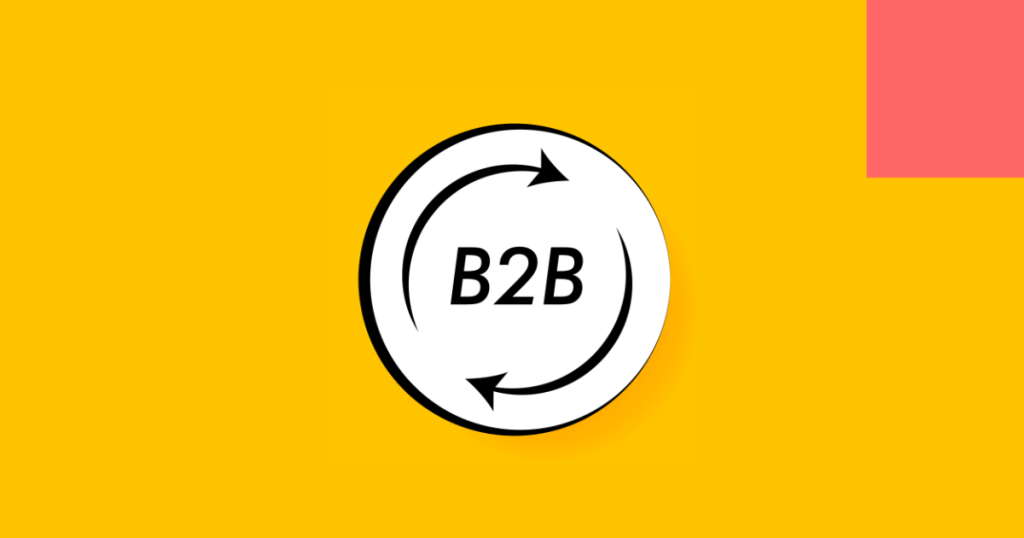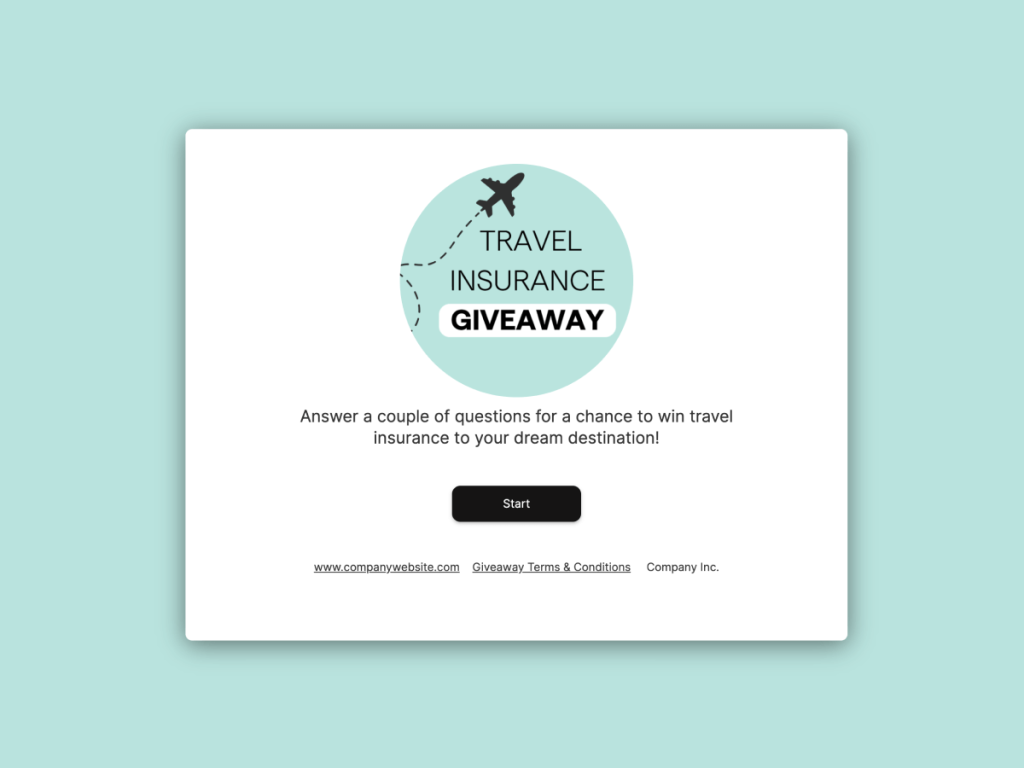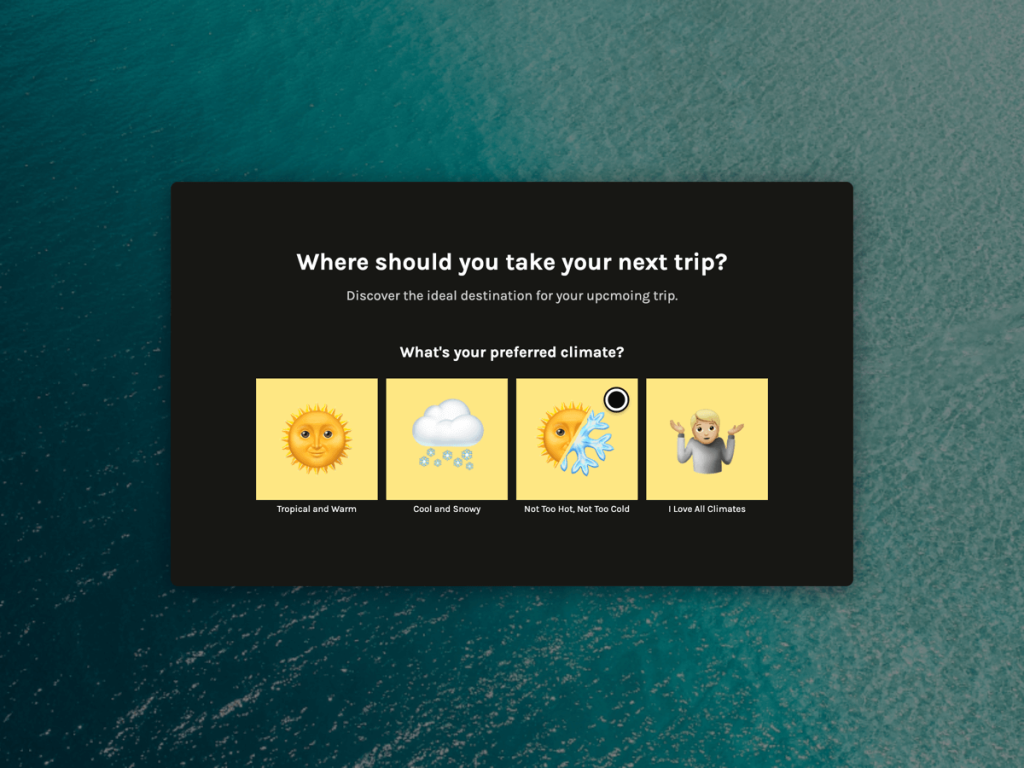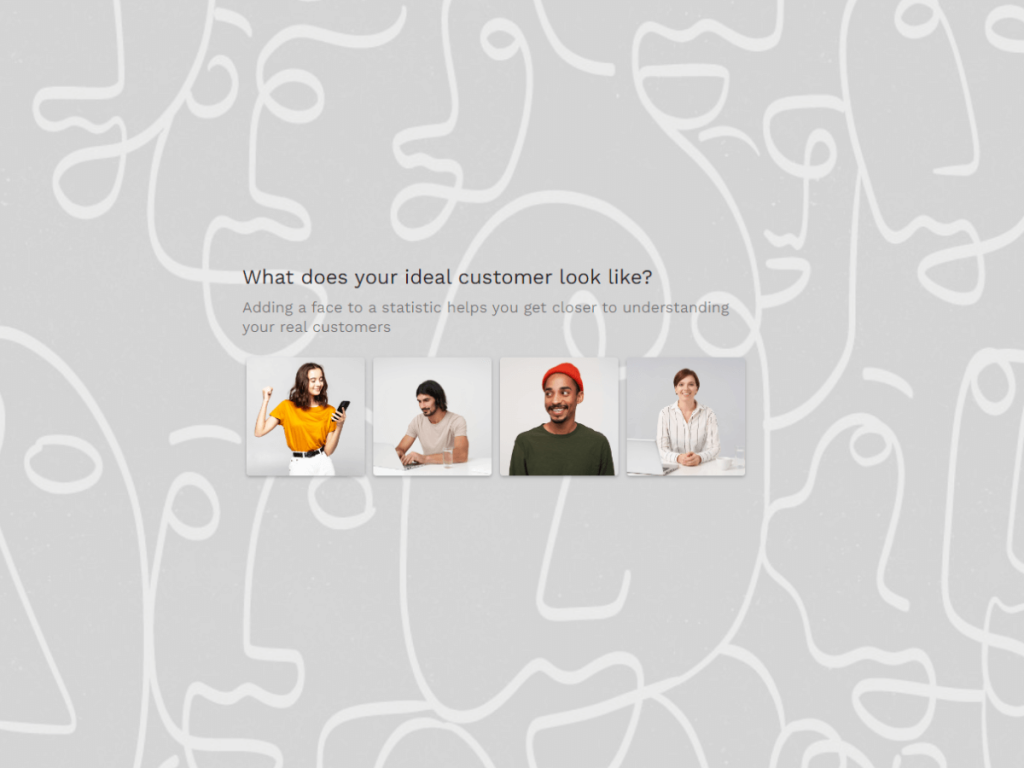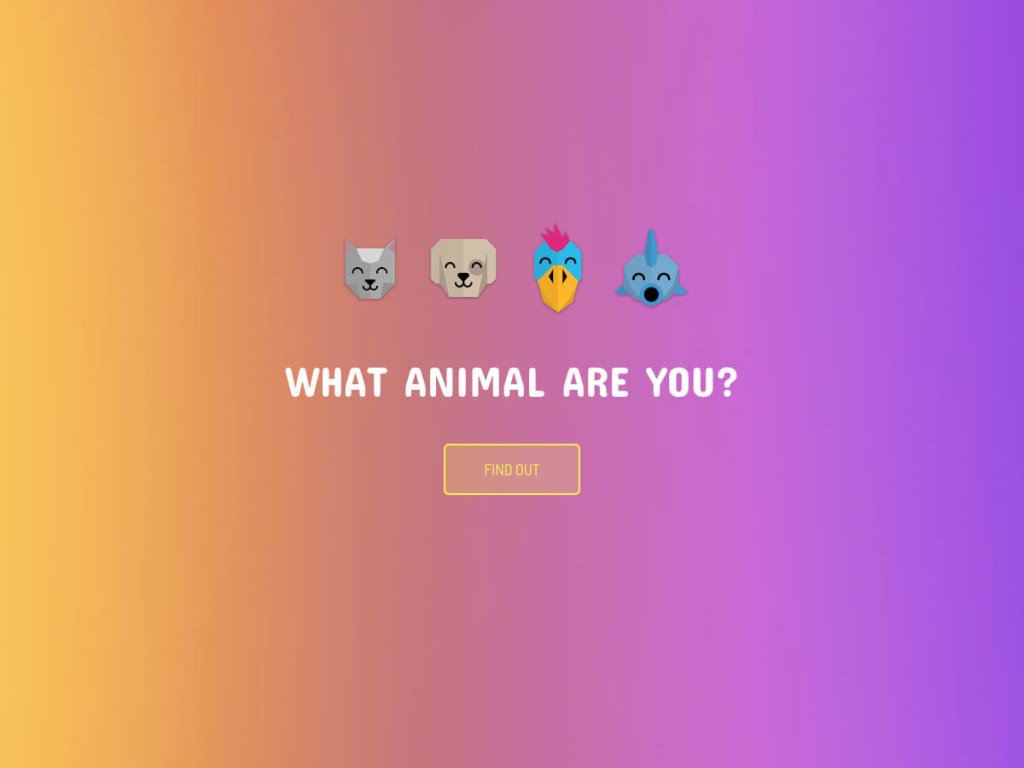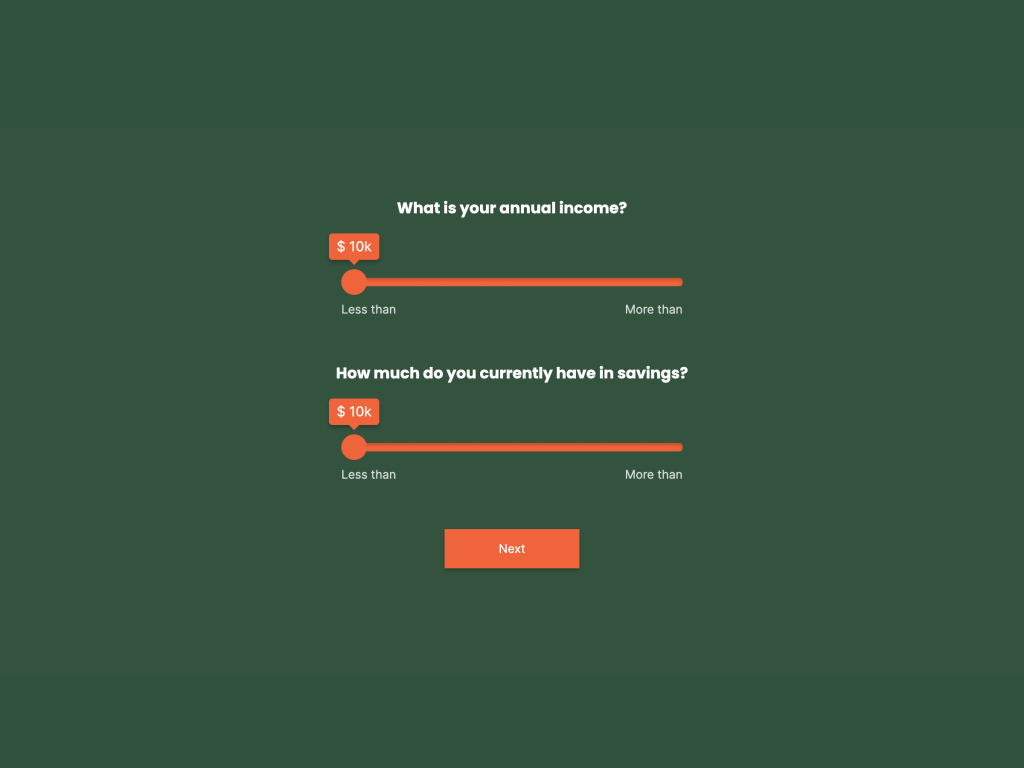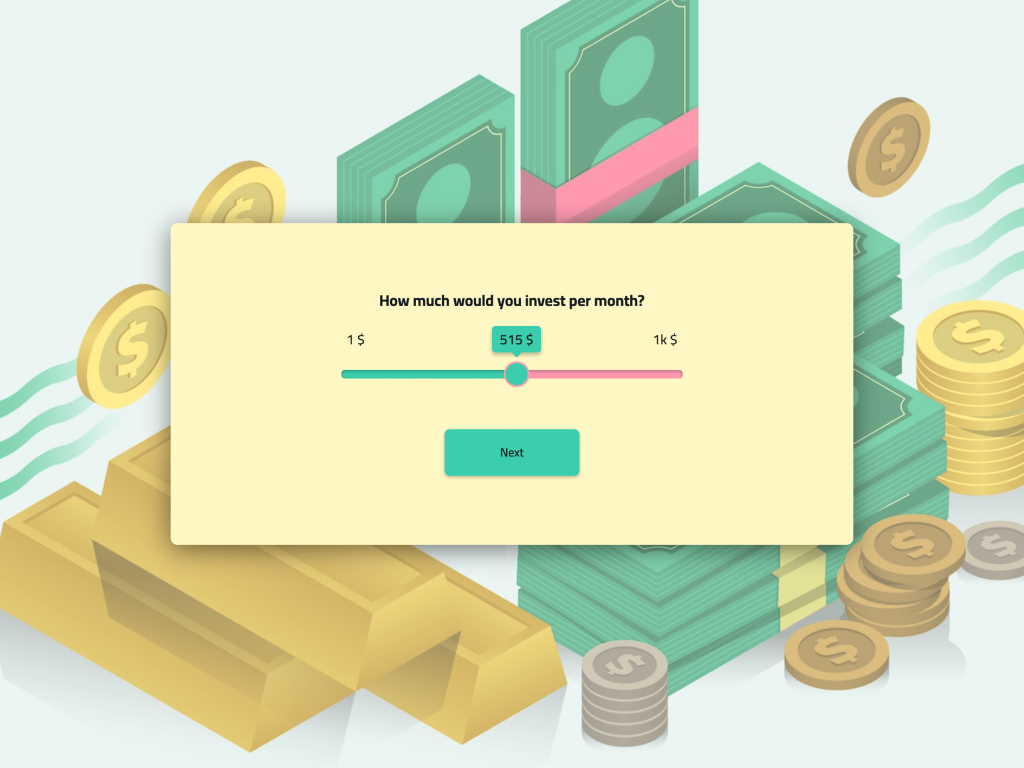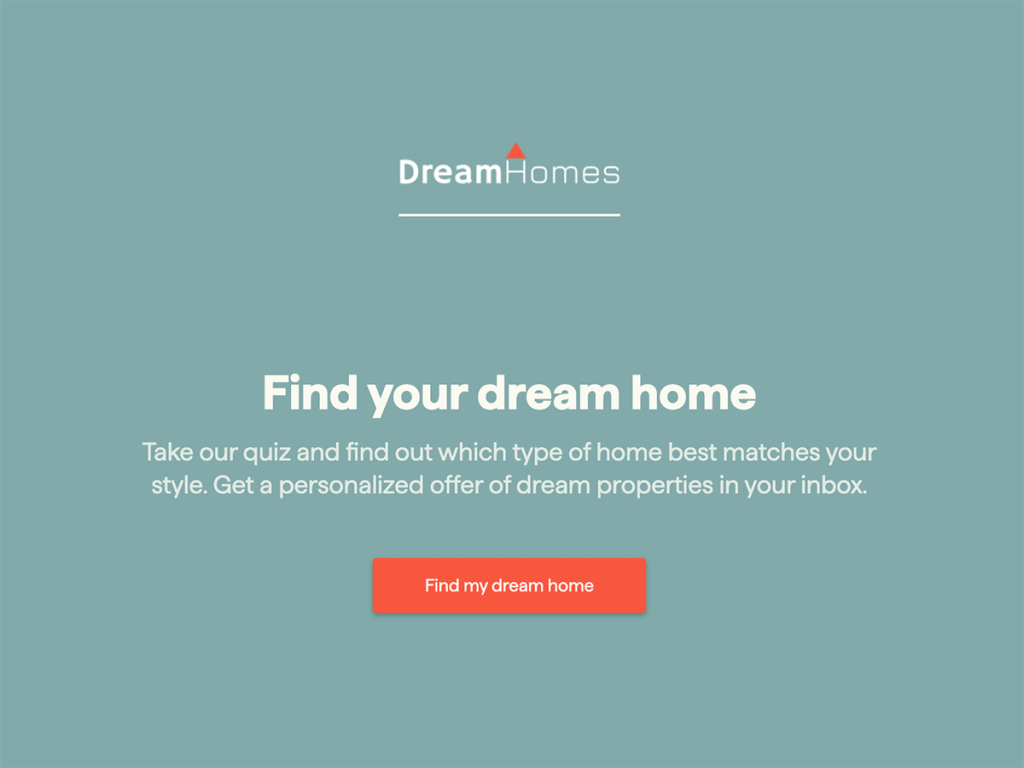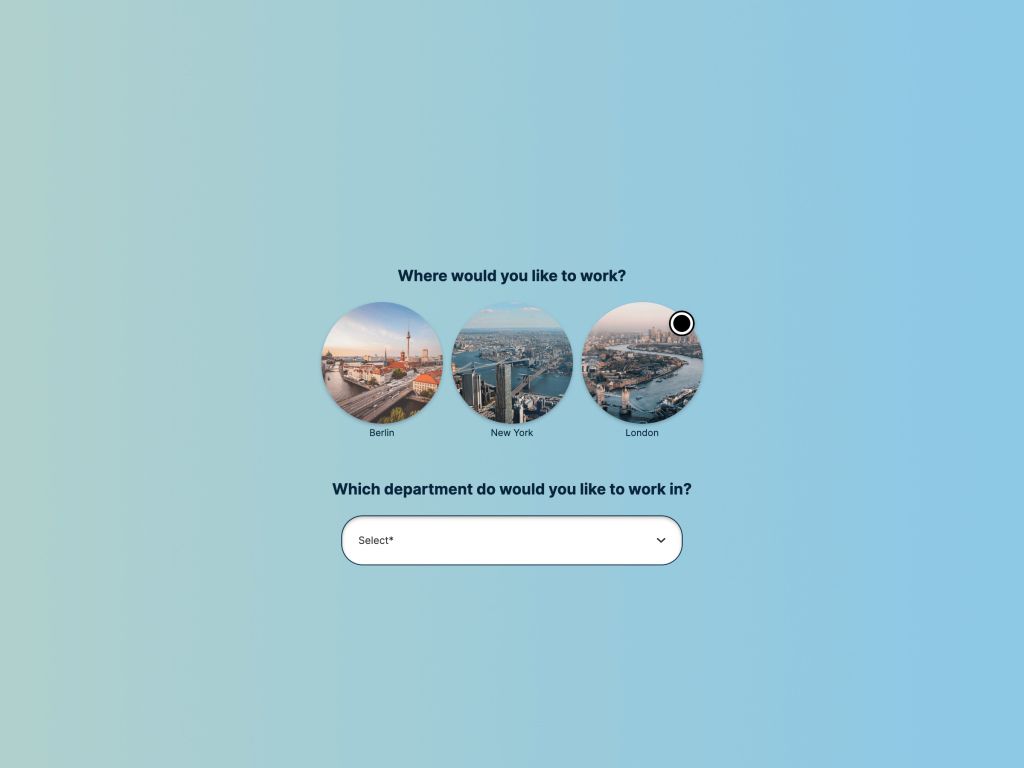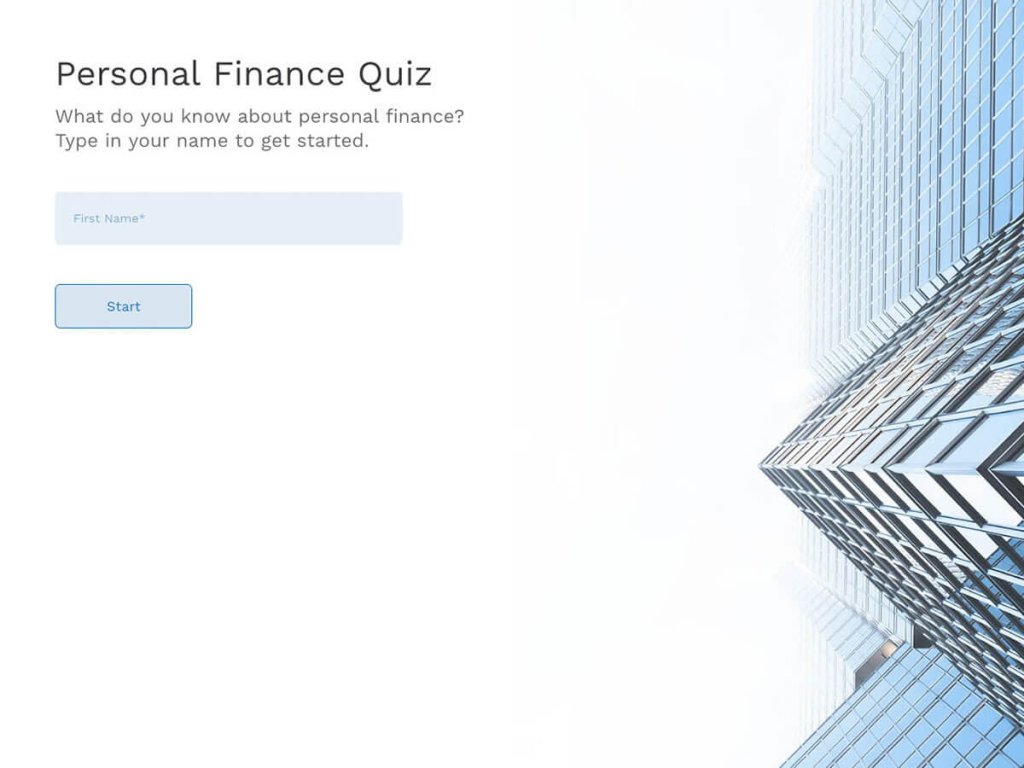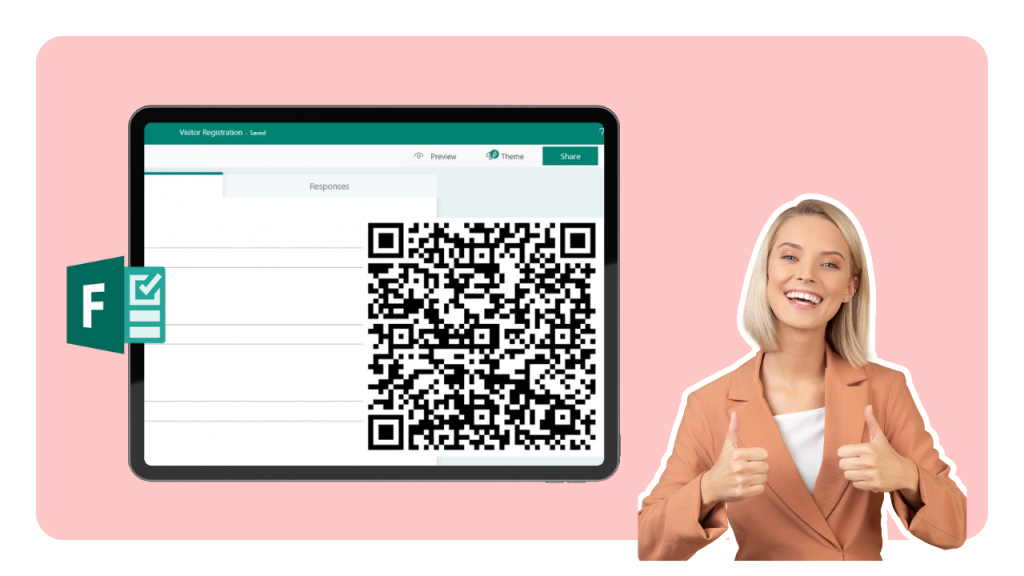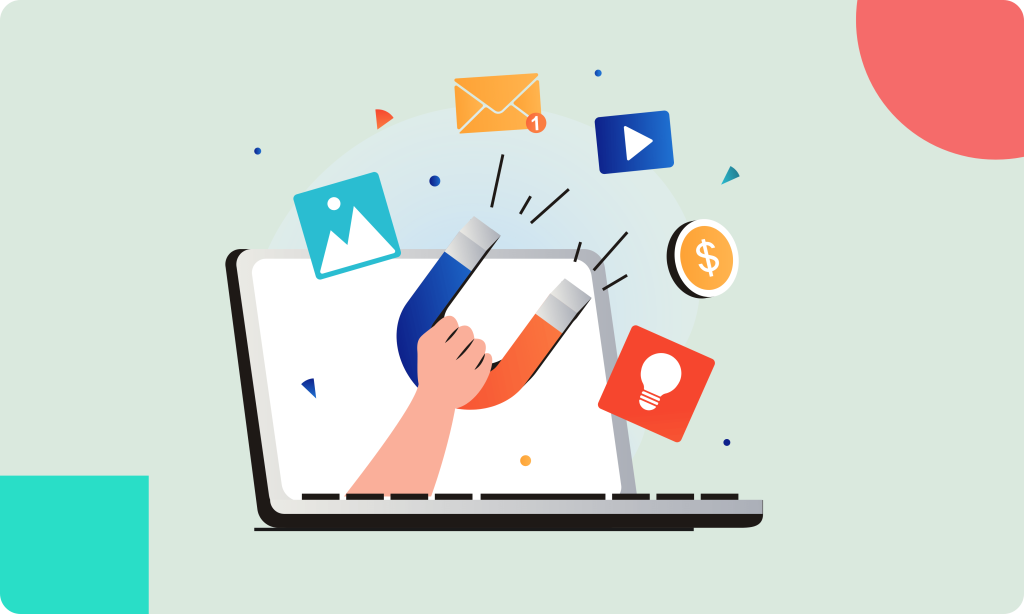Refine your B2B marketing strategy with a diverse range of effective lead generation methods.
From simple yet personalized plain-text emails inviting a 'quick' chat over coffee to engaging content tailored to provide valuable insights into your prospects' business needs, our approach covers the entire spectrum of possibilities.
If you're done with the tried-and-tested methods and are itching to approach this daunting task differently, here's a list of some unconventional B2B lead generation strategies:
1. Create a Quiz
Quizzes are great B2B tools used for brand awareness and lead generation. To make the right quiz for your target audience, define your Ideal Customer Profile with the sales team first.
In a quiz, you can ask potential customers about their industry, organization's size, pain points, contact details. And since people love quizzes, they'll gladly give you all this information on a platter.
And the best part? Creating these quizzes is a breeze with the right templates. Simply ensure they are kept short – around 2 to 3 minutes in length – to maximize their effectiveness. Shorter lead generation quizzes have a higher chance of retaining users and reducing the likelihood of abandonment.
Quizzes offer more than just lead generation; they can also serve as powerful tools to nurture and re-engage your leads. The valuable information gathered allows for effective segmentation of prospects. To determine sales qualified leads, you need to ask a series of relevant questions to assess the prospect's fit and readiness to make a purchase.
B2B marketers should leverage this data to re-engage with personalized blog posts, enticing upgrades, and relevant product recommendations, guiding them further down the sales funnel.
To keep your quizzes engaging, aim for a fun approach. Think beyond the traditional "Who Wants To Be A Millionaire?" style and embrace a more Cosmopolitan quiz vibe.
Grab these templates to create an embeddable quiz for your website:
Get Started: Make A Lead Generation Quiz
Using One Of Our 300+ Templates
Price Quote Generator Template
Giveaway Form for Insurance Template
Find Your Next Travel Destination Quiz Template
Buyer Persona Generator Template
B2B Product Finder Template
What Animal Are You? Template
Quizzes can be taken on mobile devices, targeting potential buyers outside of working hours. Sales departments can use quizzes during the demo.
2. SEO for Organic Lead Generation
In B2B marketing, a substantial part of your clientele will find you on Google. Many businesses understand this, which is why they invest in long-form content to attract prospective customers.
Here's how you can generate high-quality leads with the help of search engine optimization:
Research: Create a list of all the keywords relevant to your product, service, and industry. SEO research tools like Ahrefs or Frase can help you analyse competitors' performance on Google.
Plan: Look up each keyword to determine the user intent behind it. If the intent is informational, build your TOFU (Top of Funnel) content accordingly. If the intent is to make a purchase, ensure your MOFU (Middle of Funnel) and BOFU (Bottom of Funnel) valuable content, such as white papers and case studies, contain specific keywords to attract potential customers.
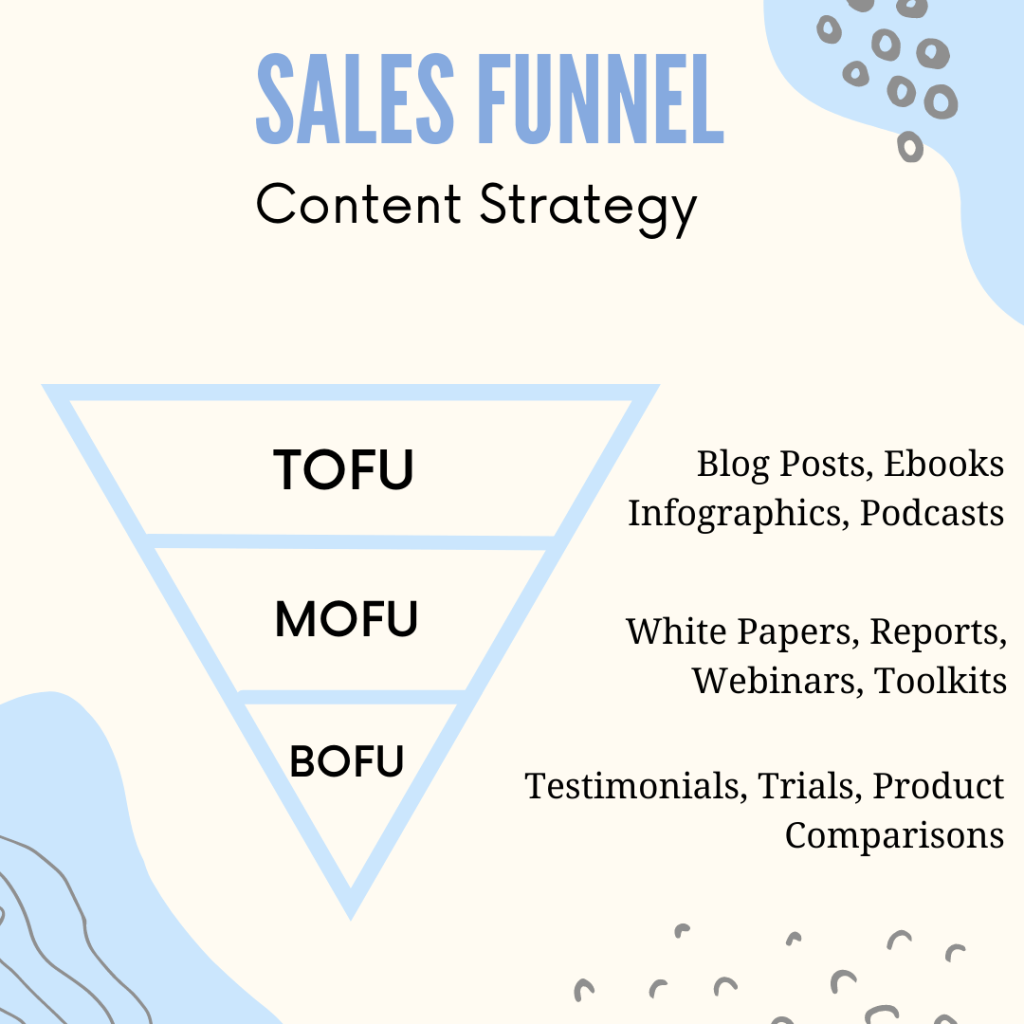
Don't create content for search engines only. Your content should solve problems for potential prospects.
Note: Many business owners fail to understand that SEO is not static. Needs and language change over time, and your content should keep pace with the evolution of search engine algorithms. Regularly updating your relevant content is crucial to maintain its relevance and effectiveness.
3. Hyper-personalized Cold Outreach
Hyper-personalized email marketing campaigns are far more advanced than cold email/ regular personalized outreach (Hi [first name] in the subject line).
These generation campaigns enable you to break through the noise and effectively connect with your customers. However, the sales process begins long before you compose your initial email.
The first crucial step is to gather information and create a solid email list. For example, let's consider a copywriting agency specializing in the home improvement niche. Instead of reaching out to every hardware store across the country, target only those ranking on the first 2-3 pages of Google search results in a specific city. These stores are already established, successful, and likely eager to explore ways to further grow their business. By focusing your efforts on these specific warm leads, your email marketing becomes hyper-relevant and increases the chances of engaging potential clients effectively.
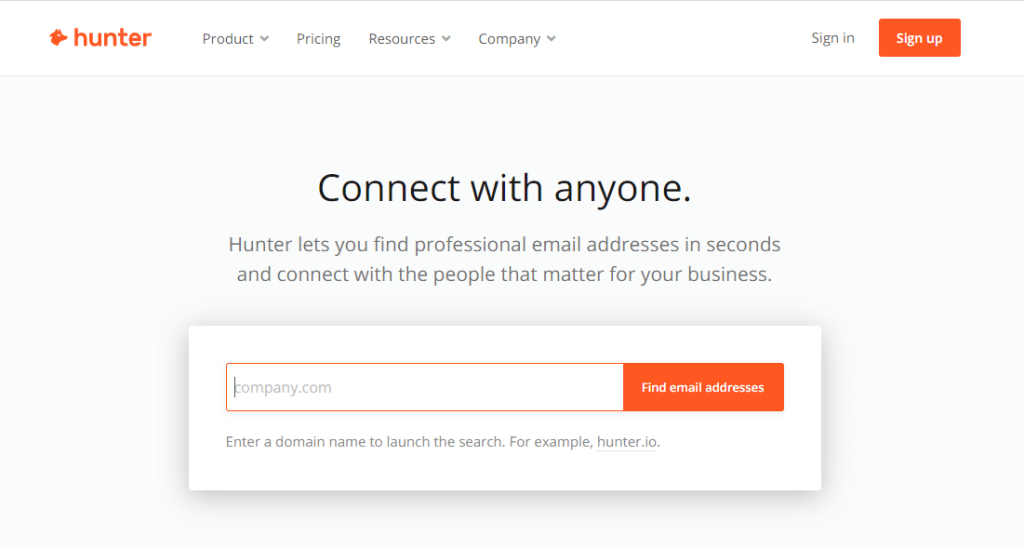
To find the contact information of potential buyers, consider using an email finder tool like the one provided by Hunter. Simply enter the company's website in the domain field, and it will display all the email addresses associated with that company.
Implement an inbound lead generation strategy that incorporates email gated content, segmented pop-ups, and omni-channel communication to attract pre-vetted, qualified leads to sign up.
However, the process doesn't end with obtaining your leads' email addresses; it's crucial to verify them. Regularly clean your email list, removing consistently inactive subscribers, to ensure it stays fresh and maximizes its potential for generating revenue. Even those who subscribed to your newsletter some time ago may forget about their subscription and mark your emails as spam, making email list maintenance a must.
Recognize that your prospects have unique needs. Segment them based on factors such as their industry, company age, position in the company, and how they discovered you (e.g., through a LinkedIn search or a Google ad).
4. Create Lead Generation Forms
With the average office worker receiving 126 emails a day, B2B buyers have become more hesitant than ever to share their precious email addresses. This puts immense pressure on lead generation forms. However, you can alleviate this pressure by ensuring that your forms have:
Engaging Copy: Craft copy that sparks curiosity and persuades your leads to sign up. Take inspiration from monday.com, whose copy excels at both aspects.
Effective CTAs: Align your call-to-action (CTA) with your copy. Conduct A/B tests on both wording and design to identify the most successful ones. Often, a simple design works best, as you don't want distracting visuals or copy that detracts from your core message.
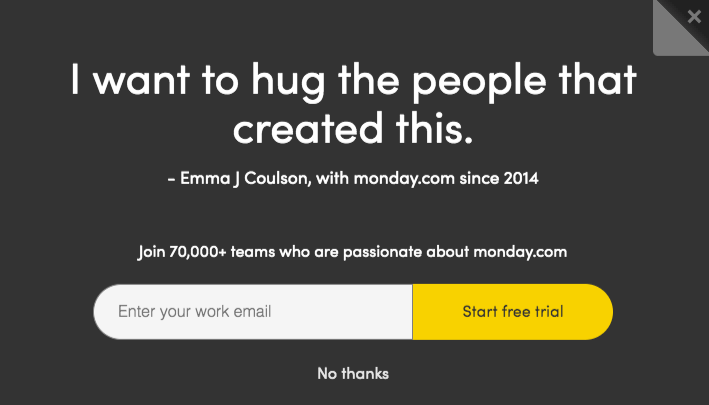
3. Ensure your lead generation forms have easy-to-fill form fields (ideally no more than three).
If you must collect more information from prospects, consider breaking the form into a multi-page sign-up format, similar to Quick Base's approach shown here. Use drop-down menus wherever possible to simplify the process.
Moreover, to establish credibility and reinforce reliability, highlight the number of businesses that already trust your product or service. Demonstrating a large customer base will instill confidence in potential leads and increase the likelihood of successful sign-ups.
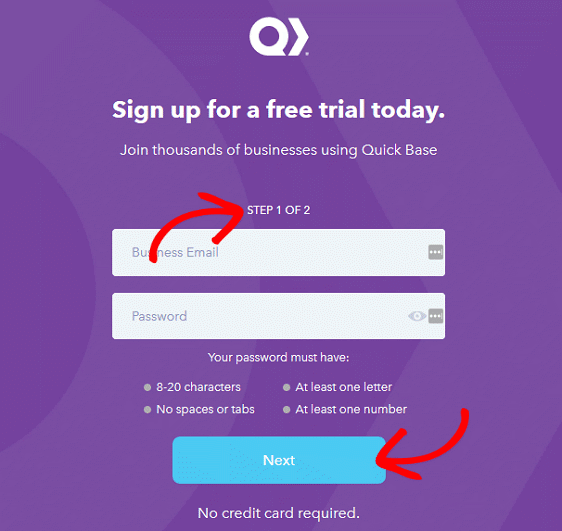
Remember, the best lead generation forms only work when combined with the most compelling lead magnets that offer true value (like a free ebook or a free trial of your product.)
Pro Tip: Connect your forms to the CRMs of your choice to take advantage of marketing automation.
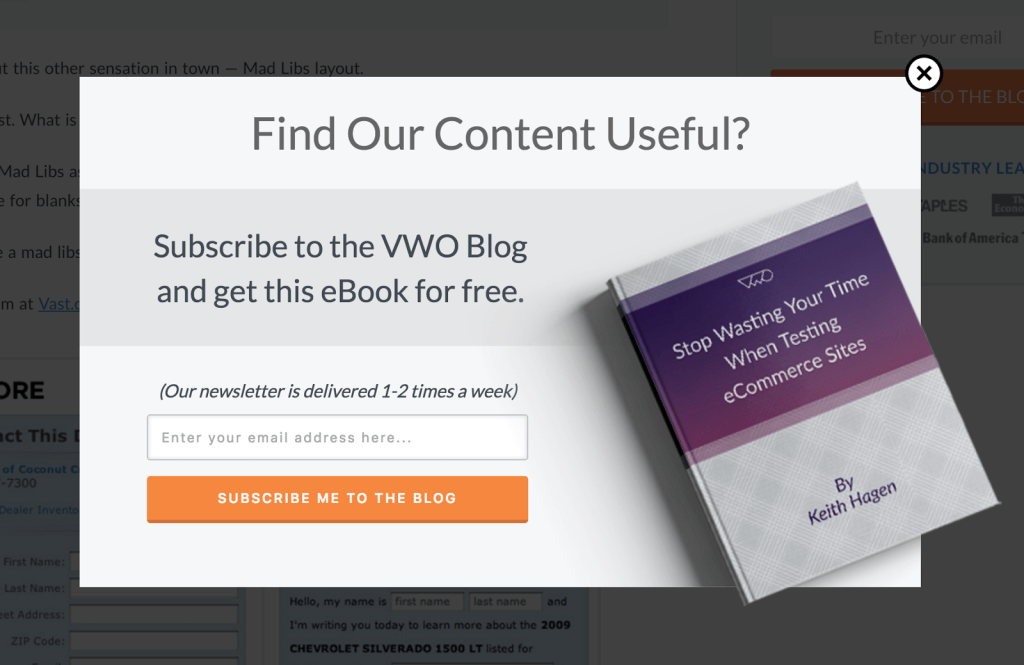
Don't forget to follow up with an email! If they've signed up for your email list or downloaded an e-book, send them a simple email confirmation like "Hi, here's your copy of our free e-book" or "Thank you for signing up." This keeps the door open for the future sales.
5. Offer a Free Tool
You know what else makes an excellent lead magnet? Free tools. They provide valuable utility to your prospects at an unbeatable price. When your leads approach you, it puts you in a strong position for communication.
Pingdom offers free tools like Website Speed Test, providing tips to test website load speed and improve performance. This strategy generates numerous warm leads from their target audience of developers.
Also, they employ targeted CTAs on the free tools page, redirecting you to their core products.
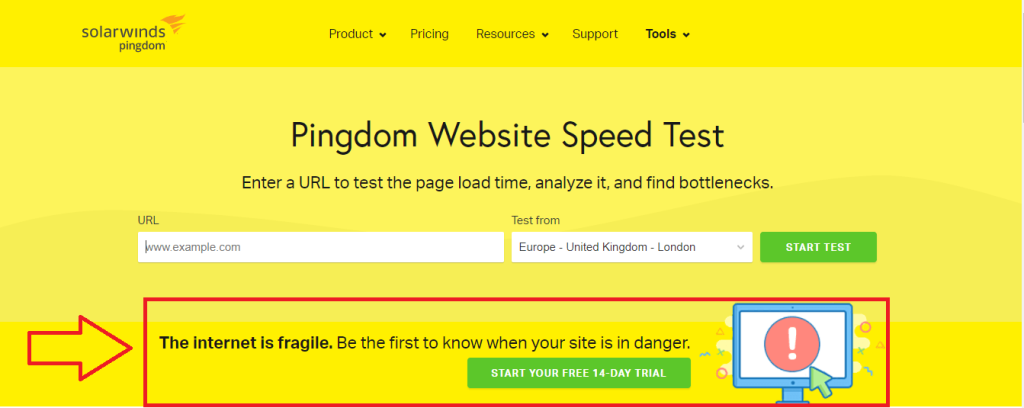
6. Referral Program
Occasionally, an existing client may generously refer B2B sales leads your way. These referrals come from a place of trust, as they have experienced working with you firsthand and want to spread the word.
However, such referrals are not very common due to the slow and multi-layered B2B purchase process. Nevertheless, word-of-mouth marketing/ social proof proves highly valuable in this context, as it revolves around the foundation of trust that B2B transactions require.
If you've seen success with referrals in the past, don't solely rely on chance for future referrals. Create a well-structured system around it, involving engagement with micro- and nano-influencers to amplify your referral program's reach.
Encourage referrals by offering a percentage of the revenue generated from successful referrals or consider providing an additional bonus by waiving off a portion of the fee charged to the referring client. These incentives will further motivate clients to refer potential leads, enhancing the impact of your referral strategy.
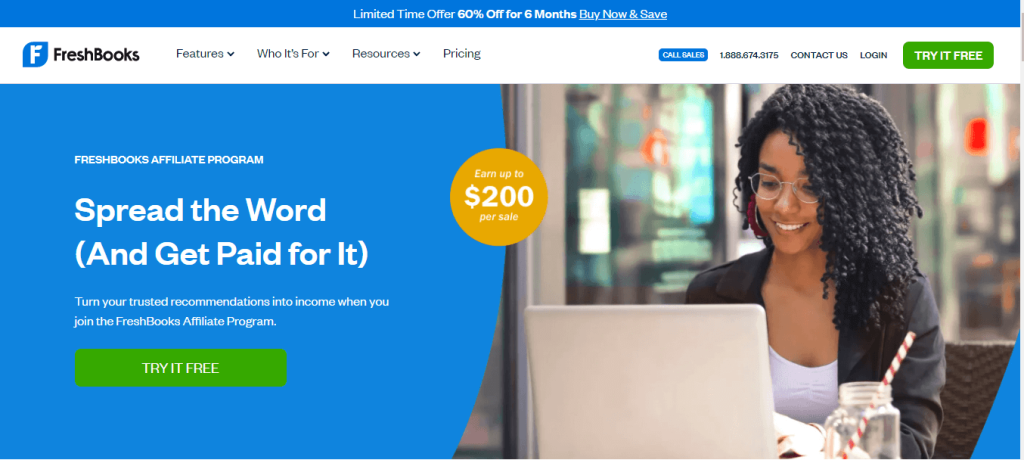
7. Webinars
Industry-specific webinars are becoming a favorite among marketing teams, and it's easy to understand why.
Attendees of these webinars are genuinely interested in your product and eager to hear what sales reps have to say. They are there because your product addresses their pain points, or the webinar content aligns with their interests.
Intercom also excels in conducting webinars that offer useful information, resulting in highly targeted leads.
These webinars go beyond providing basic contact information about your leads. They offer deeper insights into their interests, concerns, and participation metrics, offering a goldmine of data to enhance your outreach strategies.
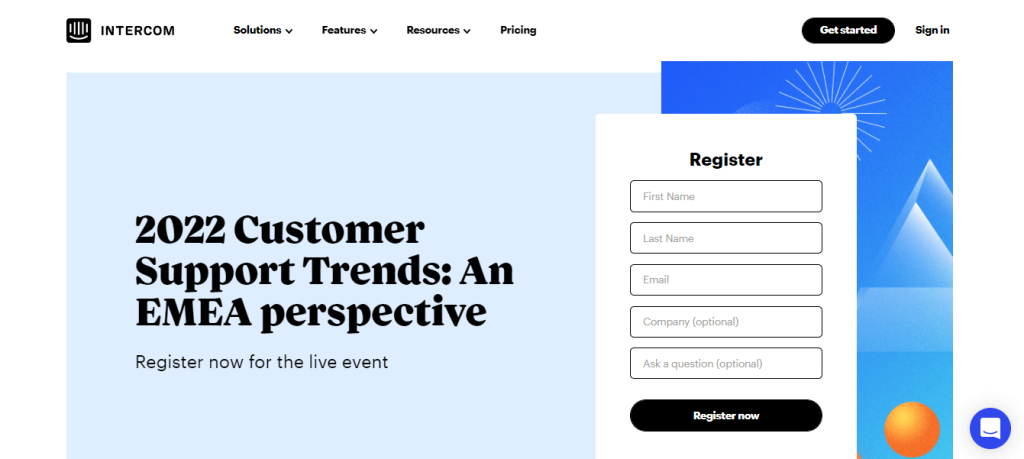
Webinars offer remarkable scalability, effortlessly accommodating audience sizes from 100 to 1000 to 10,000, all at minimal additional cost. The real-time communication aspect creates an engaging environment, especially when led by an expert speaker, greatly increasing the potential to convert leads into customers.
Final Words
B2B lead generation process can indeed be a challenging task, especially when aiming for qualified leads that don't lead to dead-end, time-consuming sales cycles. Content marketing and marketing efforts play a crucial role in reaching potential customers effectively.
If your good old lead generation methods are running dry, it would be worth your time (and money) to try out these unconventional ways. Tailoring relevant content for B2B buyers and using quizzes during the B2B sales process can be an effective strategy.
Engaging decision makers through social media channels and adding social proof can give you promising results in turning visitors into leads.
Explore these unconventional approaches, which may prove more effective, both in terms of time and investment, for your marketing teams to achieve their lead generation goals.
Create a free account with involve, a lead generation tool. Learn how to build the complete funnel with involve.me.
